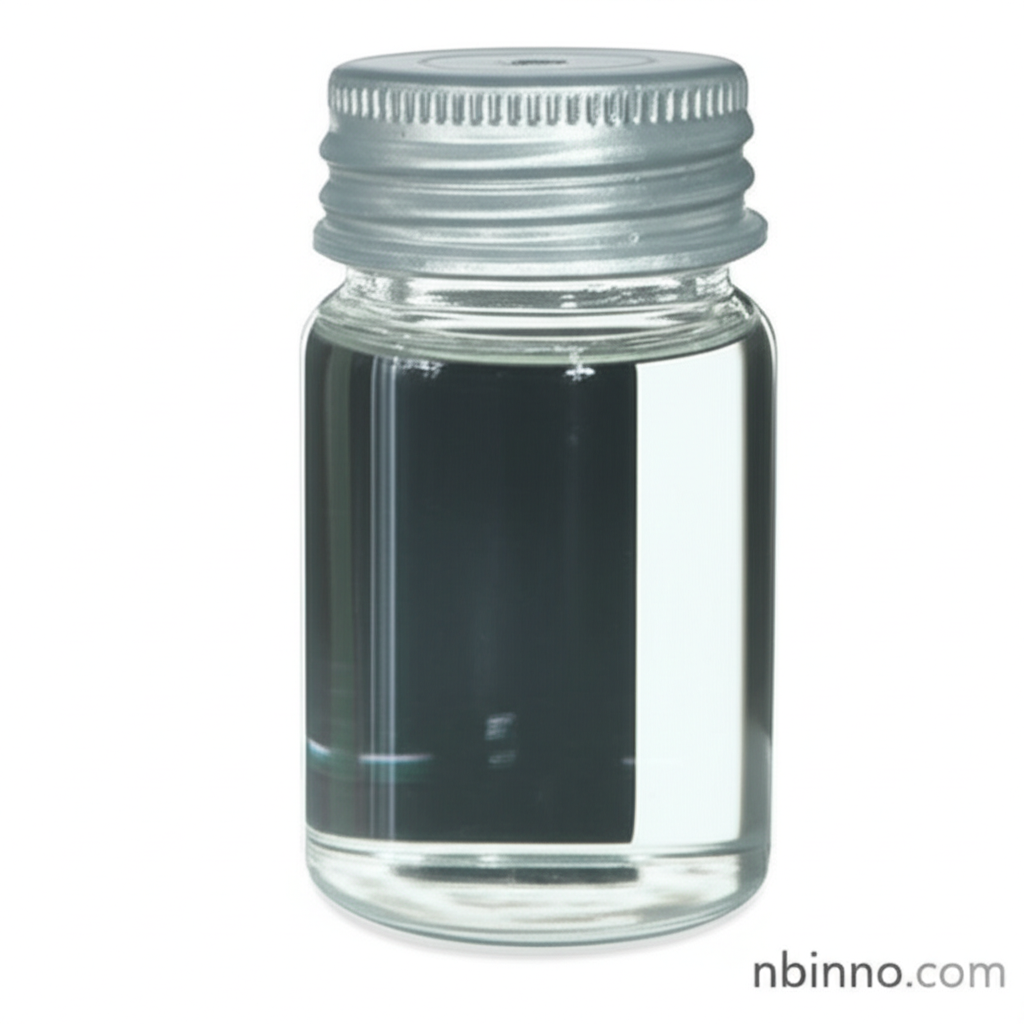Hexamethyldisilazane (HMDS): Properties, Applications, and Synthesis
Discover the versatility of Hexamethyldisilazane, a key organosilicon compound for your advanced chemical needs.
Get a Quote & SampleProduct Core Value

Hexamethyldisilazane
Hexamethyldisilazane (HMDS) is a highly versatile organosilicon compound, indispensable in modern chemical synthesis and advanced material processing. Its unique chemical structure allows it to function effectively as a silylating agent, a protective group, and a surface modifier across a wide array of applications.
- Leverage HMDS as a powerful silylating agent to introduce trimethylsilyl groups into organic molecules, enhancing volatility for gas chromatography analysis of previously non-volatile compounds.
- Utilize Hexamethyldisilazane as a crucial adhesion promoter in photolithography, significantly improving the bonding of photoresists to wafer surfaces.
- Explore the benefits of HMDS in sample preparation for electron microscopy, serving as an effective alternative for critical point drying to preserve delicate structures.
- Inquire about hexamethyldisilazane chemical properties and its role in facilitating chemical reactions, such as the protection of carboxylic groups in antibiotic production.
Key Advantages of Hexamethyldisilazane
Enhanced Reactivity and Protection
HMDS excels as a silylating agent, efficiently protecting sensitive functional groups like alcohols, carboxylic acids, and amines, which is vital for achieving desired outcomes in complex organic synthesis pathways.
Improved Adhesion in Electronics
In the semiconductor industry, Hexamethyldisilazane acts as a superior adhesion promoter for photoresists, ensuring reliable patterning and high-quality device fabrication.
Simplified Synthesis and Handling
Unlike some other silylating agents, HMDS does not require a base to act as a hydrochloric acid acceptor, and the ammonia by-product is easily removed, simplifying reaction setups and improving process efficiency.
Key Applications
Organic Synthesis
A primary use of hexamethyldisilazane is as a reagent in various condensation reactions and for the trimethylsilylation of hydroxyl and amino groups, commonly found in pharmaceutical intermediate synthesis.
Semiconductor Manufacturing
HMDS is widely employed as an adhesion promoter for photoresists, ensuring proper bonding to silicon wafers during the photolithography process critical for microchip production.
Electron Microscopy
It serves as a valuable tool in preparing biological specimens for electron microscopy, acting as a desiccant and an alternative to critical point drying, especially for insect tissues.
Gas Chromatography
Hexamethyldisilazane is used to derivatize compounds with active hydrogen atoms, making them more volatile and thus enhancing their detectability in gas chromatography-mass spectrometry (GC-MS) analysis.
